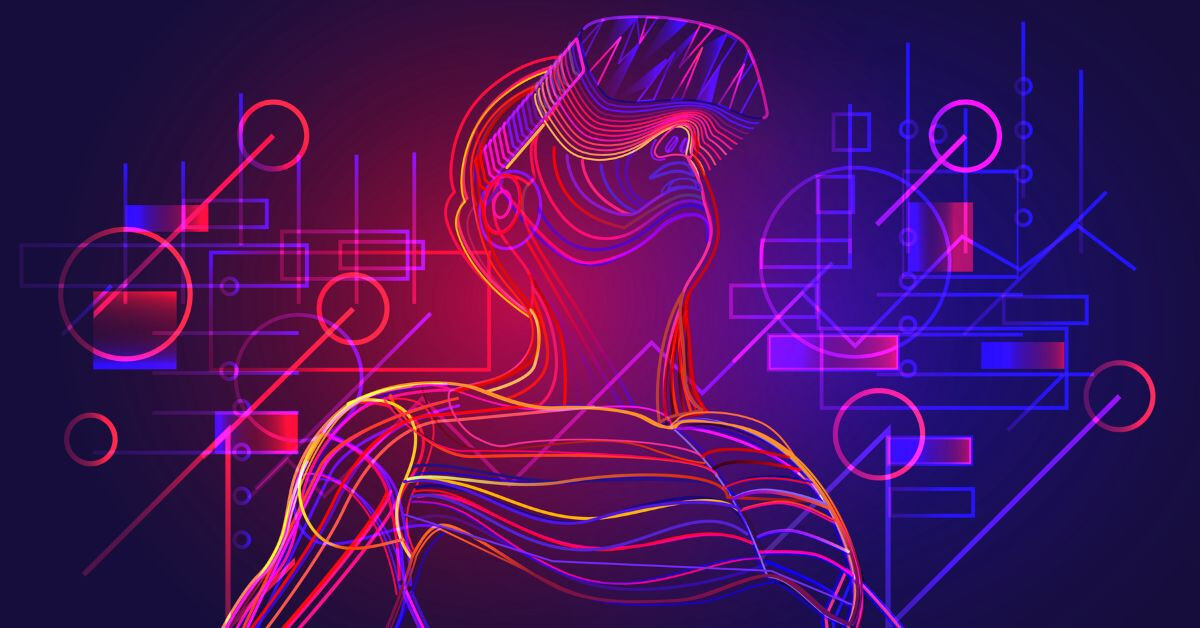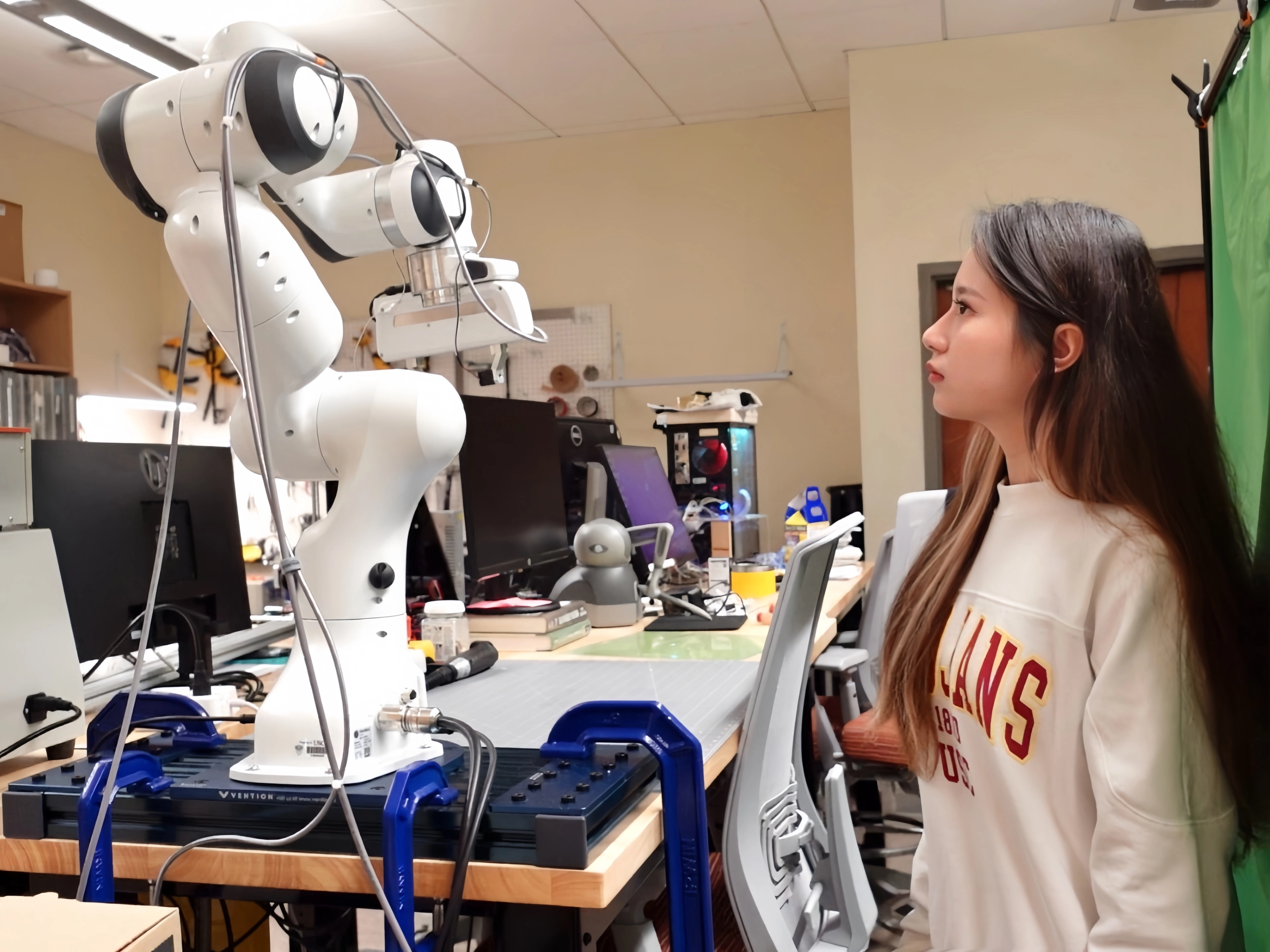Blends Digital Elements With The Physical World Around You

The line between the digital and physical worlds is blurring at an unprecedented pace, heralding a new era of interactive experiences that promise to reshape how we live, work, and interact with our surroundings. This integration, often referred to as the "phygital" realm, is no longer a futuristic concept but a rapidly developing reality, powered by advancements in augmented reality (AR), virtual reality (VR), the Internet of Things (IoT), and artificial intelligence (AI).
This shift is fueled by a desire for more immersive, personalized, and efficient interactions. Businesses are eager to leverage phygital technologies to enhance customer engagement, streamline operations, and create new revenue streams, while individuals are drawn to the convenience and enhanced experiences these technologies offer.
The Rise of Phygital Experiences
At its core, the phygital trend represents the seamless blending of digital elements with the physical world to create enhanced and interactive experiences. Think of a retail store where customers can use AR apps on their smartphones to virtually "try on" clothes or see how furniture would look in their homes before making a purchase.
The nut graf is this: The convergence of digital and physical spaces is creating novel opportunities across industries, but also poses challenges related to data privacy, security, and accessibility. Understanding the drivers, implications, and potential pitfalls of this phygital revolution is crucial for navigating the evolving landscape.
Augmented Reality and Enhanced Perception
Augmented reality (AR) is a key enabler of phygital experiences, overlaying digital information onto the real world. Applications range from interactive maps and location-based services to immersive entertainment and training programs.
Microsoft's HoloLens and Apple's ARKit are paving the way for more sophisticated AR applications in both consumer and enterprise settings. These tools allow developers to create experiences that seamlessly blend digital content with the user's physical environment.
"We see AR as a fundamental change in the way we use technology," said *Tim Cook*, CEO of Apple, in a recent earnings call. "It amplifies the value of everything around us."
The Internet of Things (IoT) and Connected Environments
The Internet of Things (IoT) plays a crucial role in connecting physical objects to the digital world, creating interconnected ecosystems. Smart homes, connected vehicles, and industrial IoT devices are all examples of how physical objects are becoming increasingly integrated with digital networks.
This connectivity enables real-time data collection and analysis, which can be used to optimize processes, improve efficiency, and personalize experiences. According to a report by Statista, the number of connected IoT devices worldwide is projected to reach over 29 billion by 2030.
Sensors and actuators embedded in physical objects allow them to interact with the digital world and respond to changes in their environment. This creates opportunities for automation, remote control, and predictive maintenance.
Phygital Retail: Transforming the Shopping Experience
The retail industry is at the forefront of the phygital revolution, leveraging technology to enhance the shopping experience. From interactive displays and personalized recommendations to seamless checkout processes, retailers are exploring new ways to engage customers and drive sales.
Brands like Nike and Sephora are experimenting with AR-powered virtual try-on experiences and personalized shopping apps. These technologies allow customers to visualize products in their own environment and receive tailored recommendations based on their preferences.
Amazon Go stores offer a glimpse into the future of retail, using sensor technology and computer vision to eliminate checkout lines. Customers can simply grab their items and walk out of the store, with their purchases automatically charged to their Amazon account.
Challenges and Considerations
Despite the immense potential of phygital technologies, there are several challenges and considerations that need to be addressed. Data privacy is a major concern, as the collection and analysis of user data can raise ethical and legal issues.
Security is another critical consideration, as connected devices and systems are vulnerable to cyberattacks. Protecting sensitive data and ensuring the integrity of physical systems is essential.
Accessibility is also important. Ensuring that phygital experiences are accessible to people with disabilities is essential to avoid creating new barriers.
The Future of Phygital: A Seamlessly Integrated World
The phygital trend is poised to continue its rapid growth, transforming the way we interact with the world around us. As technology continues to evolve, we can expect to see even more seamless and integrated experiences that blur the lines between the physical and digital realms.
Artificial intelligence (AI) will play a crucial role in personalizing phygital experiences and making them more intuitive. AI-powered assistants and recommendation engines will anticipate our needs and provide tailored solutions.
"The future is phygital," proclaims a recent report by Accenture. "Organizations that embrace this convergence will be best positioned to thrive in the years to come." The challenge lies in navigating the complexities and ethical considerations that come with this new reality to create a more inclusive and beneficial future for all.


















